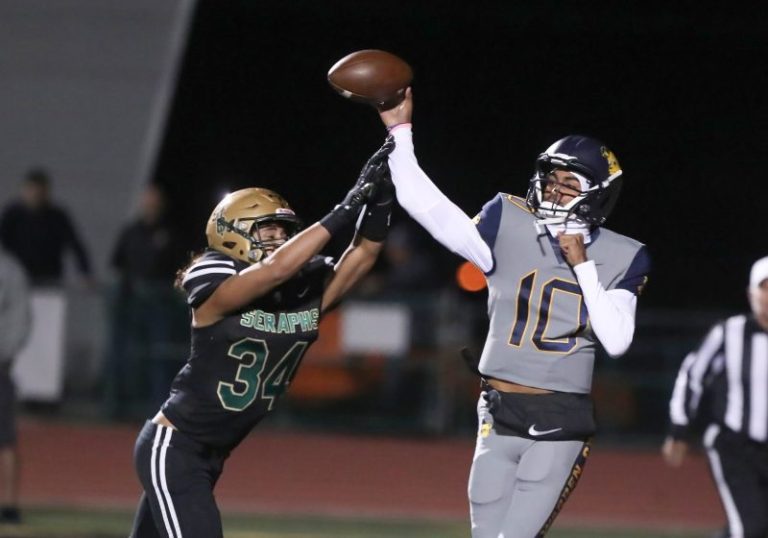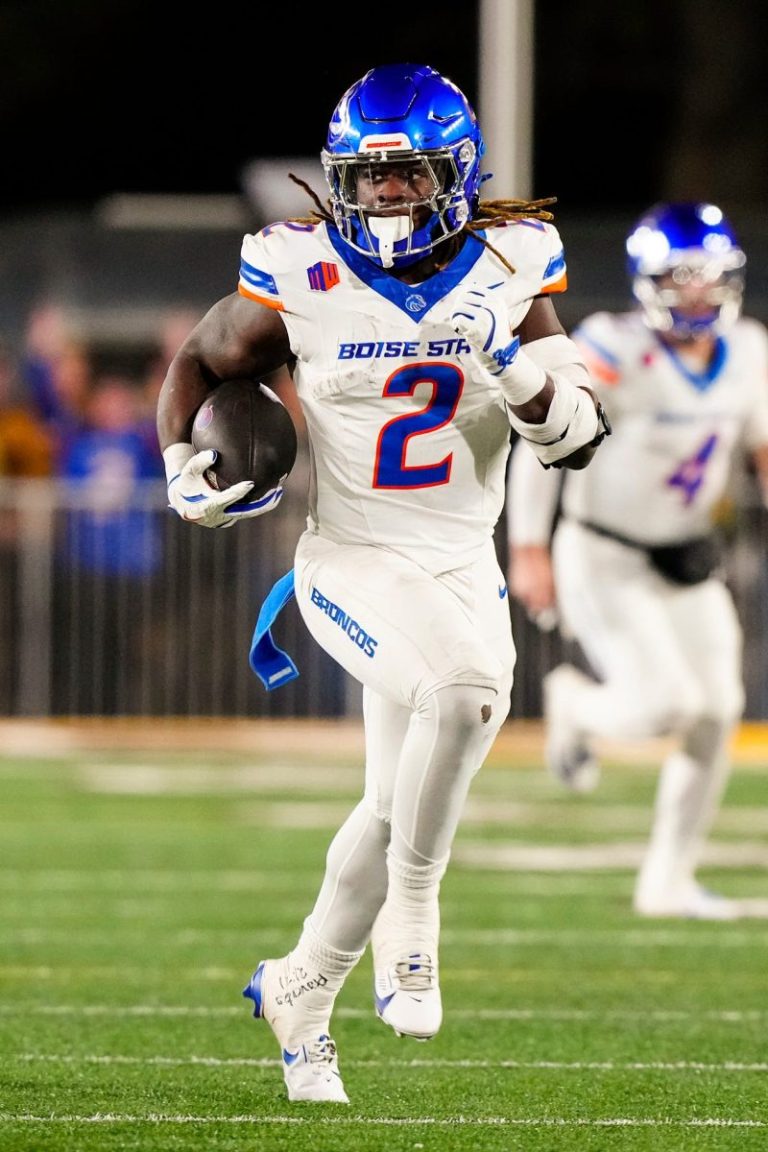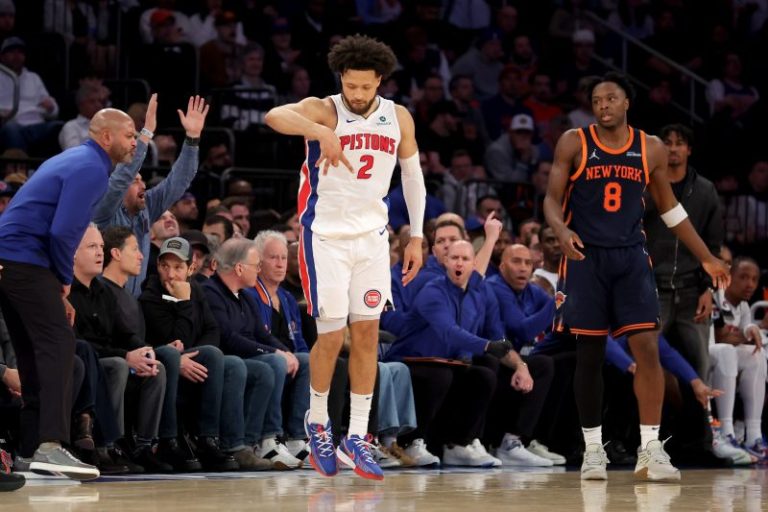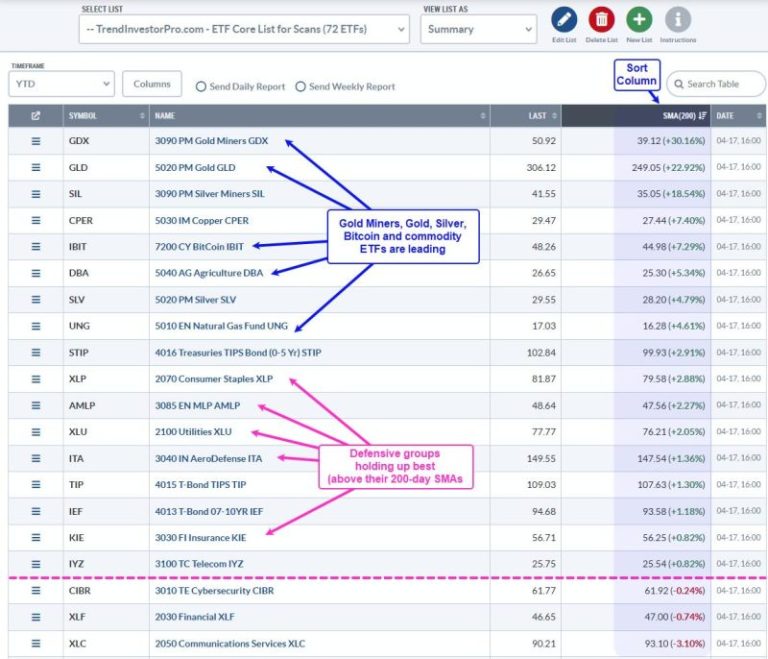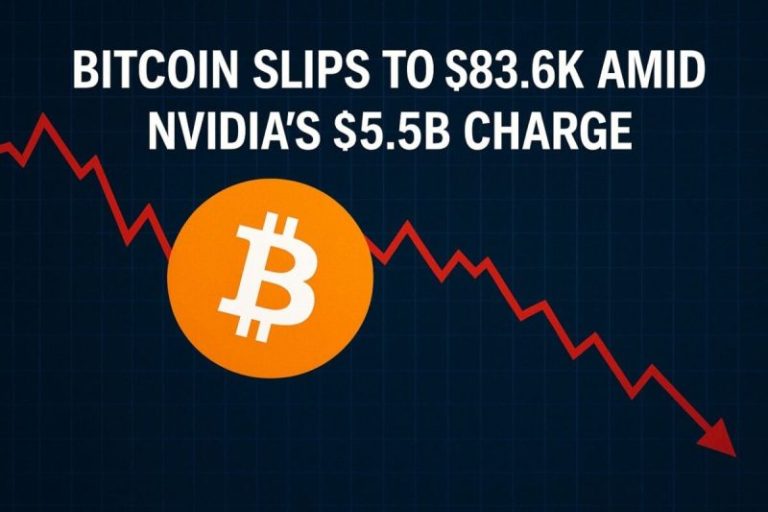There’s a whole lot of buzz about running backs as the clock ticks toward the NFL Draft. And so many reasons for the hype.
Perhaps Jeanty – instead of unicorn Travis Hunter, projected No. 1 overall pick Cam Ward, Shedeur Sanders or QB-seeking edge rusher Abdul Carter – will ultimately prove to be the biggest prize of the draft that kicks off in Green Bay on Thursday night.
Maybe. Maybe not. That’s part of the intrigue. Mock drafts will soon get flushed down the toilet and in time the wisdom (or lack thereof) by decision-makers will be revealed.
Then there’s the Saquon Barkley factor. The New York Giants, who picked Barkley No. 2 overall in 2018, deemed him too expensive to keep over since-released quarterback Daniel Jones. Too bad. Barkley took his talents to the Philadelphia Eagles last season and with a Super Bowl trophy now in the mix, added quite a layer to the debate about running back value…while the G-men without him were bad enough to secure the third pick.
With Barkley’s fresh impact, it sure seems like a good time to be a stud running back.
What’s a running back worth? That’s still a riveting subplot for this draft, 30 years since the Cincinnati Bengals made Ki-Jana Carter the last running back taken No. 1 overall. Sure, quarterback is football’s most important position. Yet, as amplified each January on the road to the Super Bowl, impact running backs are so essential to the mission.
The value is embodied by examples such as Barkley, Derrick Henry, Bijan Robinson, Christian McCaffrey and Alvin Kamara.
And here’s something else to consider: While running backs increasingly take on a larger role in the passing game, the NFL just had a season with its fewest passing attempts per game (32.7) by teams since 2008. Meanwhile, although running quarterbacks account for some of this, the 119.8 rushing yards per game were second-most since 1989.
‘Let’s not kid ourselves,’ Atlanta Falcons coach Raheem Morris said during the recent NFL league meetings. “I can’t believe we’re talking about the devaluation at the position and all those things.’
‘I think the position’s become more dynamic,’ Buffalo Bills GM Brandon Beane said during the NFL scouting combine, alluding to the mismatches that can be created. “For a while…the market maybe was suppressed. People were not looking at them as weapons.
“Some of the names you guys have talked about – Saquon, McCaffrey, Kamara, those guys – they can line up and play wide receiver, they can line up in the backfield. And so there is more value to those positions.”
NFL mock draft 2025: If Shedeur Sanders, QBs slide past Steelers, then what?
Beane, whose offseason has included stalled contract talks with his 2022 second-round pick, running back James Cook, said someone asked about his philosophy for drafting a running back in the first round.
“I’m like, ‘I probably wouldn’t draft a running back that is three yards-and-a-cloud-of-dust,’ but if it’s a weapon like some of these guys we’re talking about, heck yeah I would,’ Beane said.
The 2023 draft, with two first-round running backs, illustrated that point. The Falcons took Robinson eighth overall, and in two seasons he produced 3,350 yards from scrimmage and 23 touchdowns. Four picks after Robinson’s selection, the Detroit Lions drafted Jahmyr Gibbs, which generated much second-guessing of GM Brad Holmes’ pick. Holmes knew better. Gibbs tied for the NFL lead with 16 rushing TDs in 2024 and in teaming with David Montgomery for a 1-2 punch, was the league’s fifth-leading rusher with 1,412 yards. In two seasons, he’s tallied 3,190 yards from scrimmage and 31 TDs. Now that’s some value.
Will that recent history serve as a harbinger for this year’s draft? After Jeanty, the next-highest rated running back is North Carolina’s Omarion Hampton, hailed for his complete package of skills. There are also high marks for a pair of Ohio State runners, Quinshon Judkins and TreVeyon Henderson, Iowa’s Kaleb Johnson, and so on.
Yet here’s the rub: While there’s no shortage of teams that could be tied to using first-round picks on running backs – the Las Vegas Raiders (picking sixth overall), the Chicago Bears (10th), the Dallas Cowboys (12th) and Denver Broncos (20th) among them – there’s still the reason that more than two running backs have been taken in the first round just three times in the past 15 drafts. Last year, none went in the first round and just one running back was picked in the first two rounds. The consensus all-rookie running back from 2024, Tampa Bay’s Bucky Irving, was a fourth-round pick.
Other positions, such as edge rusher or offensive tackle, still represent much more of a premium. So, even though there are 10 running backs listed on USA Today’s Big Board of the top 101 draft prospects, it’s a stretch to expect this will be the Year of the Running Back.
If the crop is so deep, teams may lean toward so-called premium positions earlier in the draft while figuring they can fill running back needs later. We’ll see. The laws of supply and demand are in play, too, right along with the projected shorter life span for running backs.
Then again, Todd McShay, the longtime draft analyst, contends, ‘Talent trumps trends.’
McShay, who analyzes the draft for The Ringer and Spotify, told USA Today Sports’ Chris Bumbaca that he considers this draft setting up as a “perfect storm” for impact running backs because the deep crop aligns with a resurgence at the position.
“This class is just flat-out loaded with talent,” McShay said. “In 25 years of doing this, I haven’t seen this much high-end talent.”
The 30 running backs drafted in 2017 were the most this century. McShay noted of a crop that included McCaffrey and Leonard Fournette. He expects this year’s haul might top that.
‘The amount of talent and guys that can contribute and do different things at varying levels that we’ll see come off the board into the fifth round,’ McShay said, ‘but through the first four rounds especially, is going to be remarkable.’
Yet exactly when the big run on running backs occurs – Opening Night or Day 2? – will say a whole lot about whether much has changed in the NFL when it comes to the value of that position that teams can’t afford to be without.
Follow Jarrett Bell on social media: @JarrettBell
This post appeared first on USA TODAY

